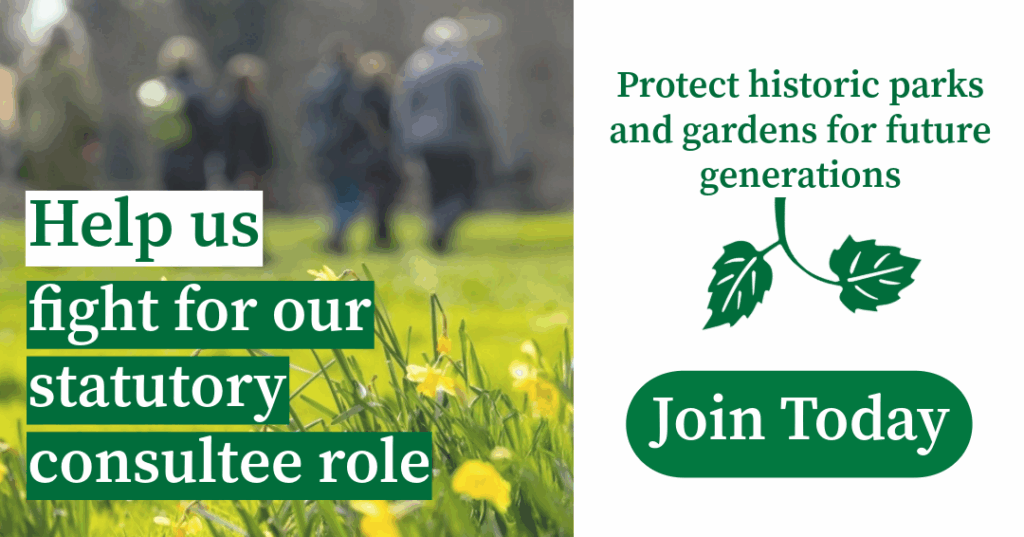Monday 26 March to Sunday 8 April
This event is now fully booked,
but please do contact Kristina Taylor if you would like more information.
Japanese gardens reflect the philosophy of their people who live close to nature and combine their ancient spiritual beliefs in Shinto with their particular form of Buddhism, developed there from the seventh century onwards. This ‘Cherry Blossom Spring Tour’ is based initially in Kyoto, with visits to Nara, Hiroshima and beyond. We will look at gardens ranging from the earliest archaeological reconstructions in Nara from 750 AD to the 20th century gardens of Shigemori Mirei, who both restored historical gardens and designed new ones.
Our first day will be for arriving and settling in (remembering you should have left the UK on Sunday 25 March to ensure arriving on 26 March!).
Our first full day will be spent at the Miho Museum, Chinese architect I M Pei’s masterpiece near Kyoto (below). He describes it as an embodiment of two aspects of architecture: a structure standing in nature and at the same time being a part of nature. It sits in a natural forest with wild camellias, azaleas and cherry trees as well as the autumn glowing maples.

In Nara (day 3) we will see Heijo Palace, with the To-in Teien and Imperial Villa Garden, Isuien Garden, Todaiji Temple, Nandaimon Gate and Nara Deer Park. Next day we visit Kyoto’s Shigimori Mirei Garden and Museum (below),

and Tofukuji Temple.
And then on day 5 we visit Tenryuji Temple garden, the Ryonaji Garden (below),

and the Daitokuji Temple complex and the remains of the Shinsen-en garden with its ‘Chinese’ bridge.
Remaining in Kyoto we will then visit Byodo-in (below),

the Genji Museum and Daigo-ji Temple. Next day (7) we will see the Toji Temple with its monthly antique market, Matsuo Taisha, Saiho-ji
and Kinkaku-ji Golden Temple (below).

After a rest day(!) we will be seeing the Imperial Palace and gardens (below),

the Heian Shrine and Ginkakuji Silver Temple before leaving for Hiroshima by way of Okayama.
In Okayama we will visit the Korakuen Garden (below)
 ,
,
and Achi Shrine, then on to Miyajima island with its Shinto shrine on the shore approached through a giant red Torii gate in the sea (below).

The Mount Misen Ropeway and Itsukushima Shrine. Returning to Hiroshima we see the Peace Memorial museum and gardens (below),

and Shukkeien Garden.
Our final visit is to Himeji Castle (below) surrounded by its hierarchical townscape and with a series of new gardens in its grounds before spending our last night in Osaka.

The full itinerary and cost details, as well as an application appear below.
Currently the price is estimated at from £4,230 £4,700 depending on numbers, with a single room supplement of £672; this price does not include flights to Japan. It appears to be expensive but bear in mind that sterling has dropped by 20% in the last year against some currencies. Our price is very competitive with similar tours and you will have the expertise of Kristina Taylor and a dedicated member of Inside Japan, our partners for this study tour, with you throughout. We will be taking deposits of £300, initially contact Kristina Taylor.
Extra days:
Kristina writes further: since travelling to Japan is a long-haul flight you may feel you want to stay some extra days at the end of the tour. Our hotel in Osaka is near to Namba station and is ideal for some additional side tours. For those who have never experienced Japan you will be confident enough to manage by yourself by the time the tour is finished. I speak no Japanese and it has never hindered me in doing anything I wanted to there.
- Mount Koya a World Heritage site and available for a day visit by direct train and funicular or even an overnight stay at one of the many Buddhist monasteries. Food is entirely vegetarian in the village.
- Mount Yoshino a World Heritage site and arguably the first landscape garden in Japan can be visited for the day by direct train. Delightful in cherry blossom mode.
- Bunraku theatre experience. This is also a cultural World Heritage experience and fabulous puppet show famous throughout the world and based in Osaka near to our hotel. Google the National Bunraku theatre for information.
- Can easily be reached by fast train from Osaka and will be a completely different experience from the tranquil gardens we have been visiting.
Download the detailed Itinerary


